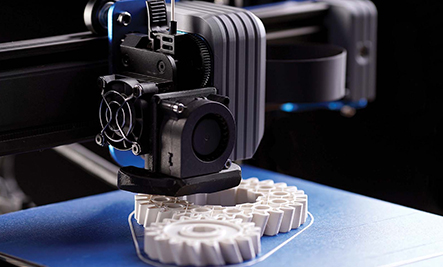Oct. 17, 2024
The first and most crucial step in rapid prototyping service is understanding the project’s specific requirements. This involves collaboration between the client and the service provider to outline design objectives, desired functionalities, and key performance factors. Gathering accurate requirements ensures that the prototype aligns with the final product's needs, avoiding costly revisions down the line. At this stage, questions regarding dimensions, materials, and expected use cases are addressed to form a clear development roadmap.
Once the requirements are defined, the next step is to create a 3D digital model using CAD (Computer-Aided Design) software. This model serves as the blueprint for the prototype and is essential for visualizing the final product. CAD allows designers to make real-time adjustments, test different configurations, and ensure accuracy before moving forward with the physical prototype. This digital phase also provides clients the opportunity to review and approve the design prior to manufacturing.
After the 3D model is finalized, the next step involves choosing the most suitable prototyping method. Depending on the material, complexity, and intended function of the prototype, options like 3D printing, CNC machining, or injection molding might be selected. The choice of technology is vital to ensure the prototype’s functionality and material properties match the final product as closely as possible. This decision can impact the prototype’s production speed, cost, and overall precision.

Material selection plays a critical role in prototyping as it directly affects the prototype's strength, flexibility, and overall performance. Depending on the product’s intended use, various materials such as plastics, metals, or composite materials may be selected. In some cases, prototyping requires multiple materials to simulate the behavior of the final product more accurately. Once the material is chosen, it is prepared for the production process, ensuring that it meets the necessary specifications.
Fabrication is the core of the rapid prototyping process, where the selected technology is used to bring the digital model into the physical world. For instance, if 3D printing is used, the machine builds the prototype layer by layer based on the CAD model. CNC machining, on the other hand, involves subtractive processes that carve the prototype from a solid block of material. The fabrication process varies depending on the chosen technology but generally results in a functional prototype that can be tested and evaluated.
Once the prototype is fabricated, it undergoes thorough testing to validate its performance against the original requirements. This stage includes functional tests, stress tests, and any other relevant evaluations to ensure the prototype behaves as expected. Clients can assess how well the prototype meets their needs and provide feedback for further refinements if necessary. Testing allows potential flaws to be identified early on, which can save time and resources in later production stages.
The rapid prototyping process is often iterative, meaning that after testing, adjustments are made, and the prototype may be re-fabricated to better meet the design goals. This cycle of design, fabricate, and test continues until the prototype satisfies all requirements. Iterative refinement ensures that any issues are addressed, resulting in a polished final product ready for mass production. This approach is particularly beneficial in industries like automotive and electronics, where precision and reliability are paramount.
The steps in the rapid prototyping process—from gathering requirements to iterative refinement—are designed to provide clients with a functional and accurate prototype efficiently. By following these steps, manufacturers and product developers can minimize risk, reduce costs, and accelerate the time to market. The ability to quickly test and refine designs is transforming industries, making rapid prototyping an essential part of modern product development.
Previous: None
If you are interested in sending in a Guest Blogger Submission,welcome to write for us!
All Comments ( 0 )